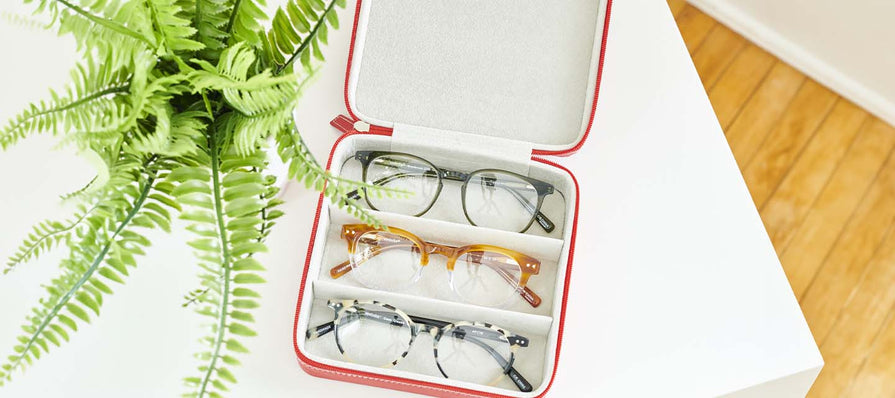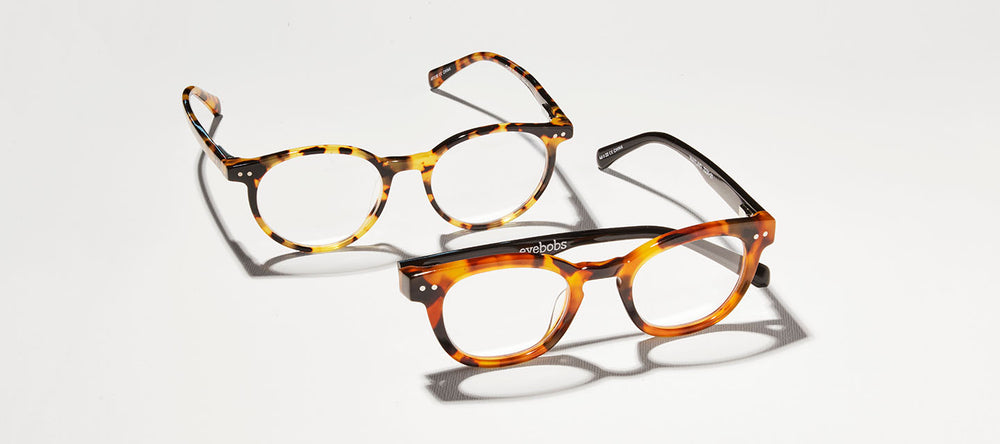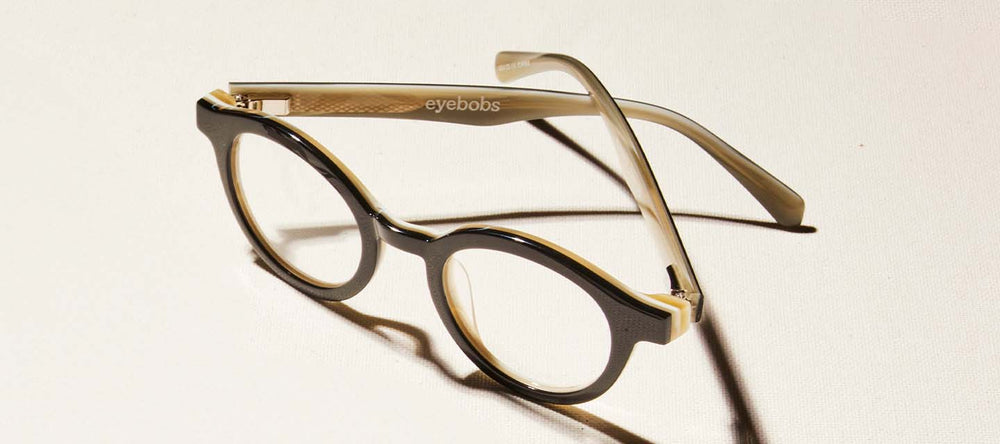If nonstop squinting at your four-inch screen has become part of your daily routine, it might be time to consider reading glasses. But wait: can you dip into your FSA (Flexible Spending Account) funds to purchase a pair?
Here’s everything you never knew you needed to know about FSA eligibility. That’s right – the road to easy reading can in fact be tax-free. Who knew? Well, we did.
What are FSA and HSA, Anyway?
What are FSA and HSA, Anyway?
If you’re taking advantage of your FSA and/or HSA account for the first time, navigating eligibility requirements and reimbursement logs can feel a little labyrinthine. Fear not: we’re your friendly guides to FSA proficiency.
FSA stands for Flexible Spending Account, while HSA is short for Health Savings Account. Both are financial tools designed to help you manage your healthcare expenses with pre-tax dollars, and are completely separate from your health insurance.
What's the Difference Between FSA and HSA?
What's the Difference Between FSA and HSA?
The difference between them is slight, but an FSA is a sort of yearly budgetary boon, allowing you to allocate pre-tax dollars to cover qualifying out-of-pocket healthcare costs. Meanwhile, an HSA offers a more long-term savings approach, with the added benefit of potential investment growth (ooh la la!).
These accounts typically cover a whole host of health-related expenses from doctor visits to prescription medications, and yes, vision care. However, the specifics can vary, and not everything is automatically covered. The good news? Reading glasses are almost always an eligible expense.
Framing FSA/HSA: Reading Glasses Eligibility
Framing FSA/HSA: Reading Glasses Eligibility
So, you’ve got your eye on a new pair of readers, and it’s time to walk those babies to the virtual checkout line. Before you make your purchase, though, recall that you can use your FSA or HSA funds to score those specs.
Both non-prescription and prescription reading glasses are FSA and HSA-eligible expenses. That includes progressive readers, in case you were wondering. If you’re a dependent, though, things get a bit trickier. Check in with your FSA or HSA provider to see if reading glasses are covered for you.
A note for those in need of a quick fix: reading glasses, unlike their distance counterparts, aren’t confined to the realm of written prescriptions. That means that unless you have a uniquely strong prescription, you can mosey on over to your local everything store and purchase a pair of FSA-eligible readers, regardless of whether you’ve had a recent eye exam. We’d still recommend paying your optometrist a visit, though. They probably miss you.
How to Purchase Your Pre-Tax Pair
How to Purchase Your Pre-Tax Pair
You’re all set to splurge on a fabulous pair of reading glasses. Now what?
First thing’s first: contact your FSA plan administrator. They’re the wizards behind the curtain when it comes to your healthcare plan.
Once you’re in touch with the powers that be, inquire about specific eligibility criteria and reimbursement procedures. Each plan may have its own set of rules, and you want to ensure you know how it’ll all go down.
One thing that makes using your FSA funds uber-easy: all the action happens after the fact. Once you and your provider are on the same page, you’ll simply use your preferred payment method to buy your frames. Make sure to keep a record of the transaction – you’ll need receipts to get that sweet, sweet reimbursement, so don’t forget to save them. Afterwards, you’ll initiate a reimbursement request through your FSA or HSA provider, hand over your receipts, and Bob’s your uncle: you’re now the proud owner of a new pair of tax-free frames.
Selecting Your Specs
Selecting Your Specs
Now, let’s get down to the nitty-gritty of choosing your perfect pair. To get the most out of your eyewear investment, make sure you know the difference between over the counter and premium reading glasses. The main difference is quality, as drugstore readers are made from far cheaper plastics than, say, our Italian-designed acetate. And, of course, your reader strength will be much more precise if it’s tried-and-tested by your optometrist.
If you’re unsure about your reading glasses prescription, now would be an excellent time to schedule an eye exam. Besides ensuring optimal vision health, regular check-ups with your eye care professional provide valuable insight into the best type of reading glasses for your needs.
And because we’re all about the full package, let’s talk style for a second. The best frames for you will not only complement your face shape, hairstyle, and coloring, but will also make you feel the most you you’ve ever felt. Cast an eye towards our blog to become an expert on flattering frames.
Flexible Savings Account = Frame Spending Account
Flexible Savings Account = Frame Spending Account
One thing is crystal clear: with the help of your FSA funds, your reading glasses journey can be a vision of frugality. Armed with the knowledge that your eyewear evolution can be both savvy and stylish, you’re ready to step into a world where financial flexibility and impeccable eyesight go hand in hand. And while you may have mastered the art of finagling your eyewear-related finances, make sure you’re still relying on your optometrist to get your prescription as precise as possible.
Now, go forth and use those FSA funds to purchase a pair of fabulous frames. Whoever said healthcare expenses had to be boring?








